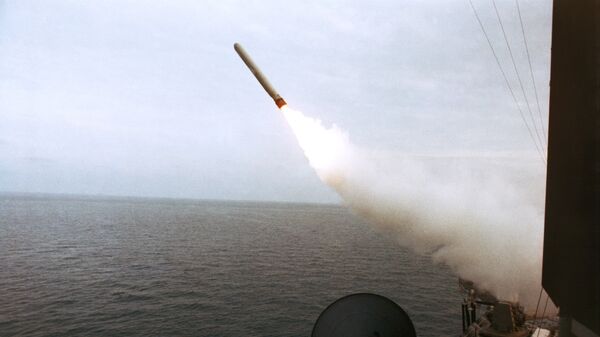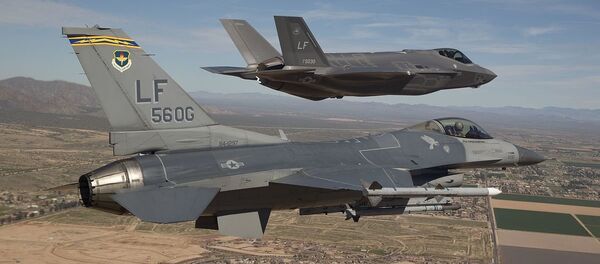The Next Generation Air Dominance program is one of the monikers for the Pentagon’s future designated air superiority aircraft – jets designed to infiltrate and dominate enemy airspace as part of a battle strategy. F-35s, for instance, lost out against old, legacy F-16s in 2015, according to a pilot’s memo obtained by War Is Boring. F-22 Raptors and Super Hornets are thus relied on for seizing enemy airspace.
In FY 2017, the Pentagon funneled $21 million to NGAD research and development, DefenseTech pointed out. Air Force budget documents show the service had actually requested $167 million for that period.
With a new sheriff in Washington vowing to expand America’s already massive military, NGAD could receive as much as $295 million for FY 2018, according to Air Force budget documents.
Naturally, the Defense Department is pretty cagey about the details of its next jet. But the new cash will “further expand the scope of concept development & integration assessments,” budget documents state.
The money will also “accelerate technology risk reduction activities addressing family of systems concepts.”
Inside Defense reported that one of the “last official acts” of the Obama administration was instructing the US Air Force to start development on a “new” Penetrating Counter Air capability as “follow-on” to the F-22. Specifically, on January 17, then-DoD acquisition chief Frank Kendall authorized the placement of NGAD into the acquisition pipeline, the defense news agency said.
The Air Force has also requested $451 million – up from $96 million – for its Long-Range Stand-Off Weapon program, which would retrofit cruise missiles that can be launched from bombers to be able to carry nuclear warheads. The program has been criticized by nonproliferation groups, who say it will escalate tensions, not deter conflict, DefenseTech reports.
While funding remained steady across most USAF line items, research, development, test and evaluation (RDTE) investments experienced “notable growth this year and are designed to pay significant future dividends through game-changing technologies that, when fielded, will increase lethality and provide the joint force a technological advantage,” according to a Secretary of the Air Force Public Affairs statement.
For the five-year span from 2018 to 2022, the Air Force hopes to obtain $4.5 billion in new funding, Sputnik calculated based on unclassified Air Force data.



